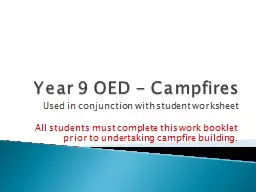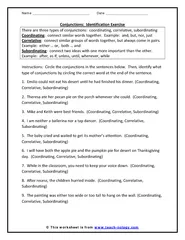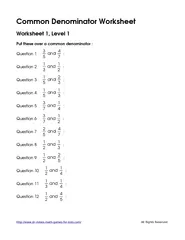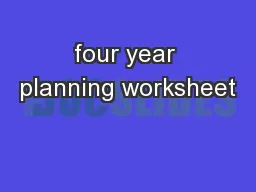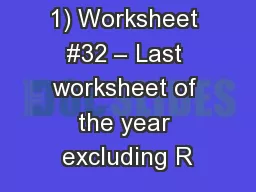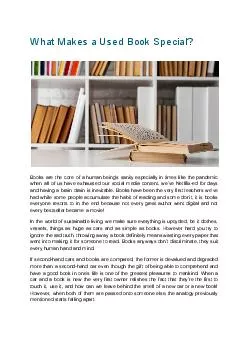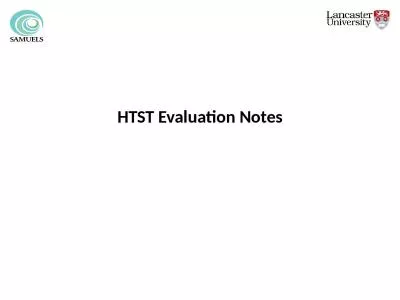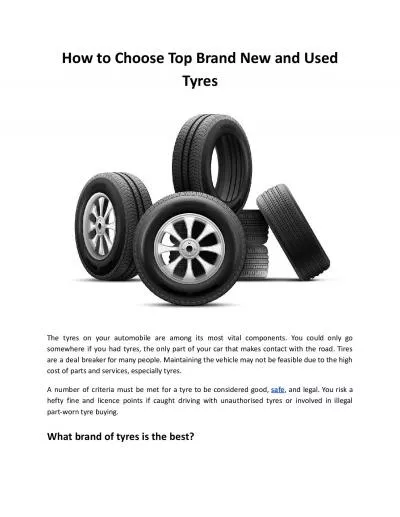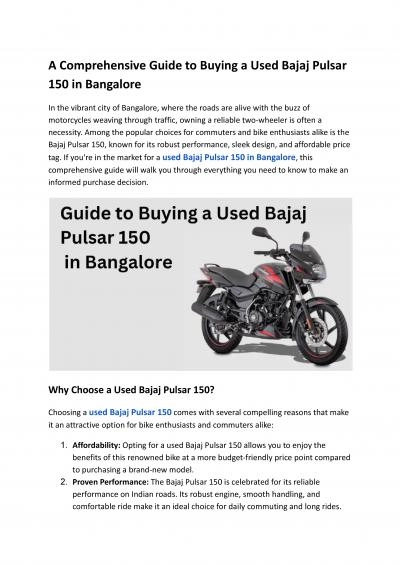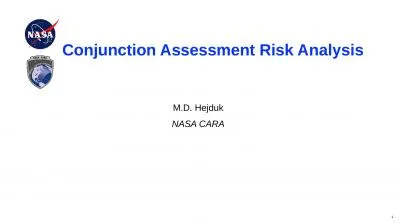PPT-Year 9 OED - Campfires Used in conjunction with student worksheet
Author : olivia-moreira | Published Date : 2018-03-07
All students must complete this work booklet prior to undertaking campfire building Fire Danger Mute sound Identify What were errors that led to these situations
Presentation Embed Code
Download Presentation
Download Presentation The PPT/PDF document "Year 9 OED - Campfires Used in conjuncti..." is the property of its rightful owner. Permission is granted to download and print the materials on this website for personal, non-commercial use only, and to display it on your personal computer provided you do not modify the materials and that you retain all copyright notices contained in the materials. By downloading content from our website, you accept the terms of this agreement.
Year 9 OED - Campfires Used in conjunction with student worksheet: Transcript
Download Rules Of Document
"Year 9 OED - Campfires Used in conjunction with student worksheet"The content belongs to its owner. You may download and print it for personal use, without modification, and keep all copyright notices. By downloading, you agree to these terms.
Related Documents

